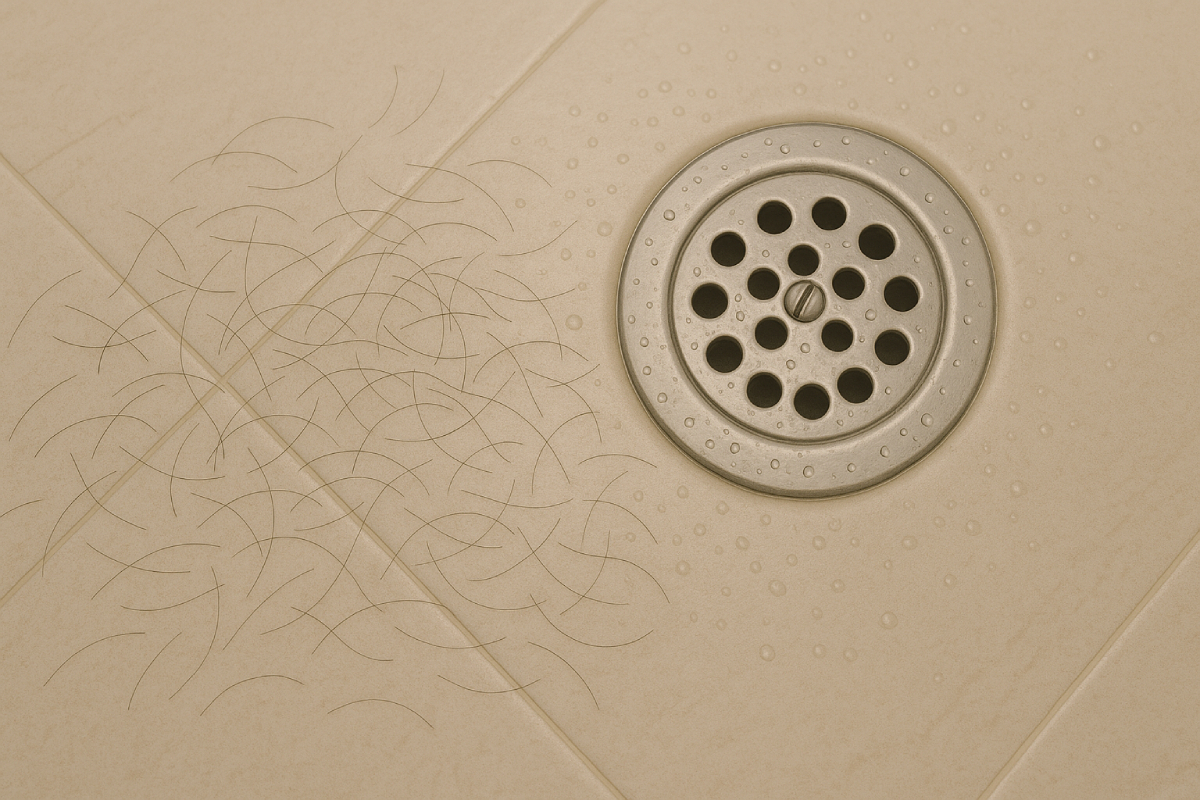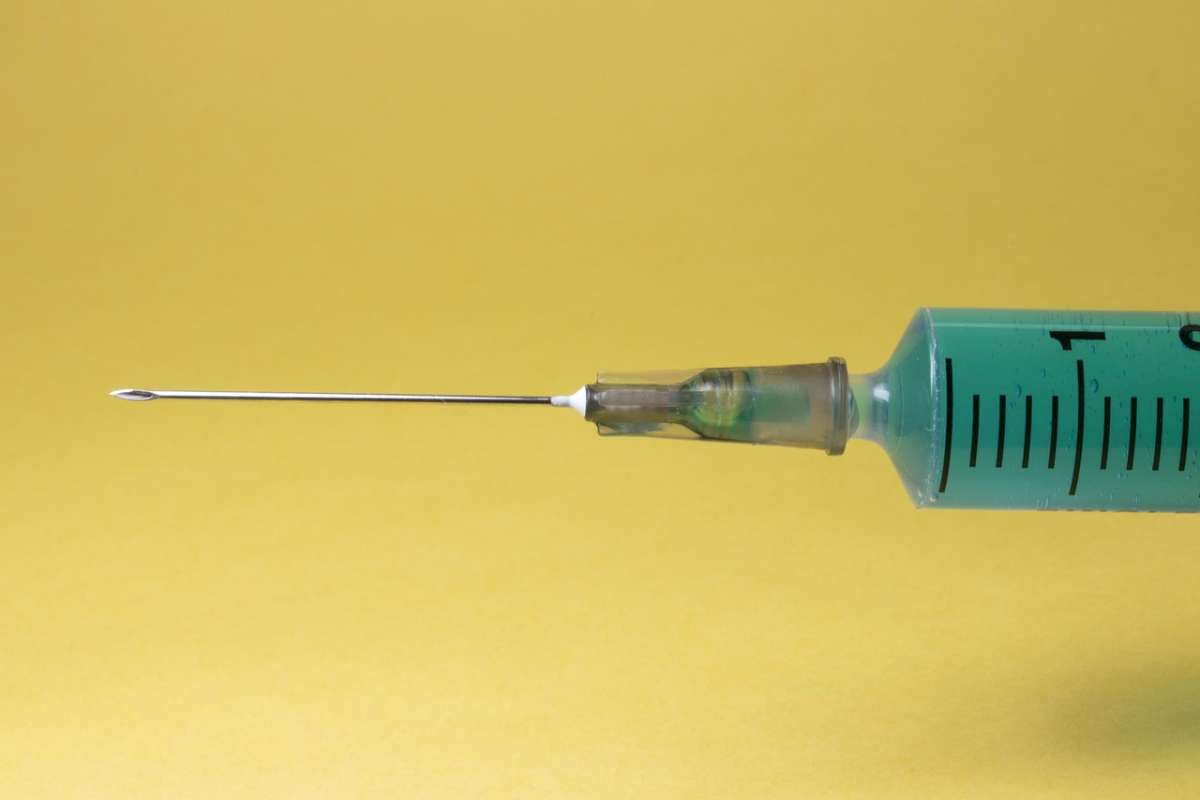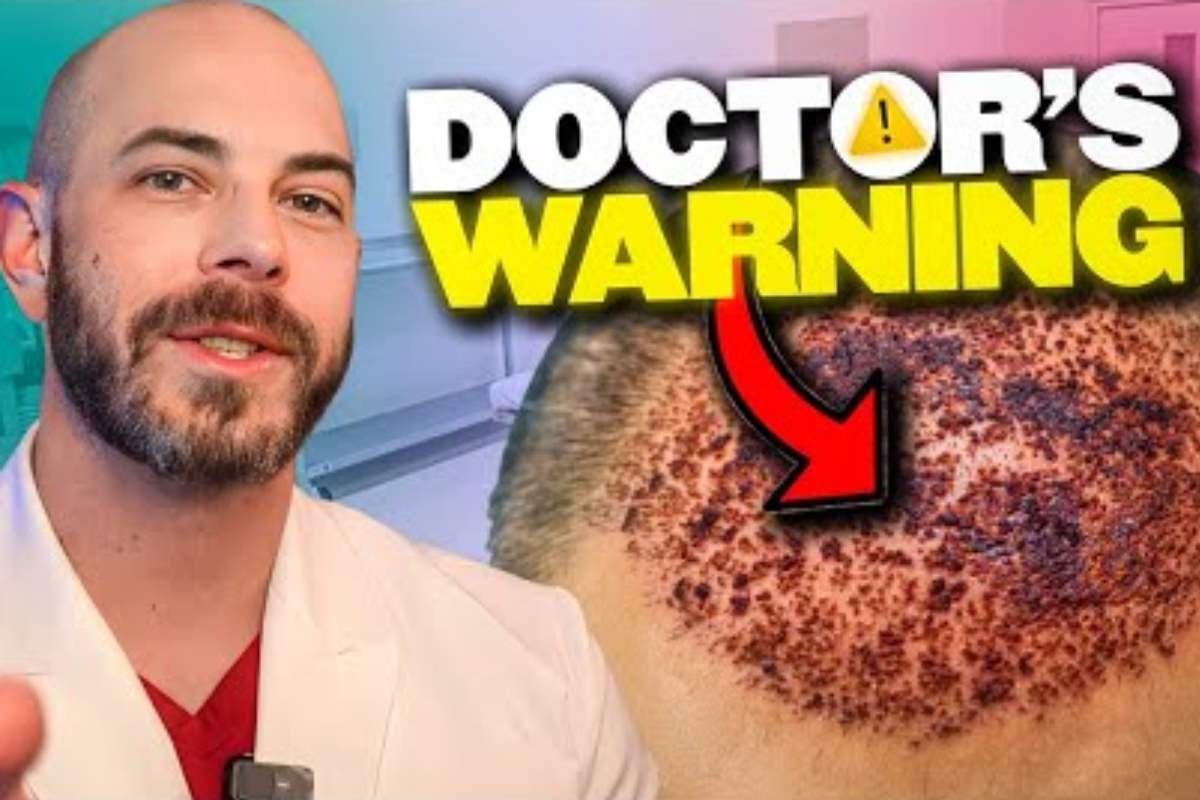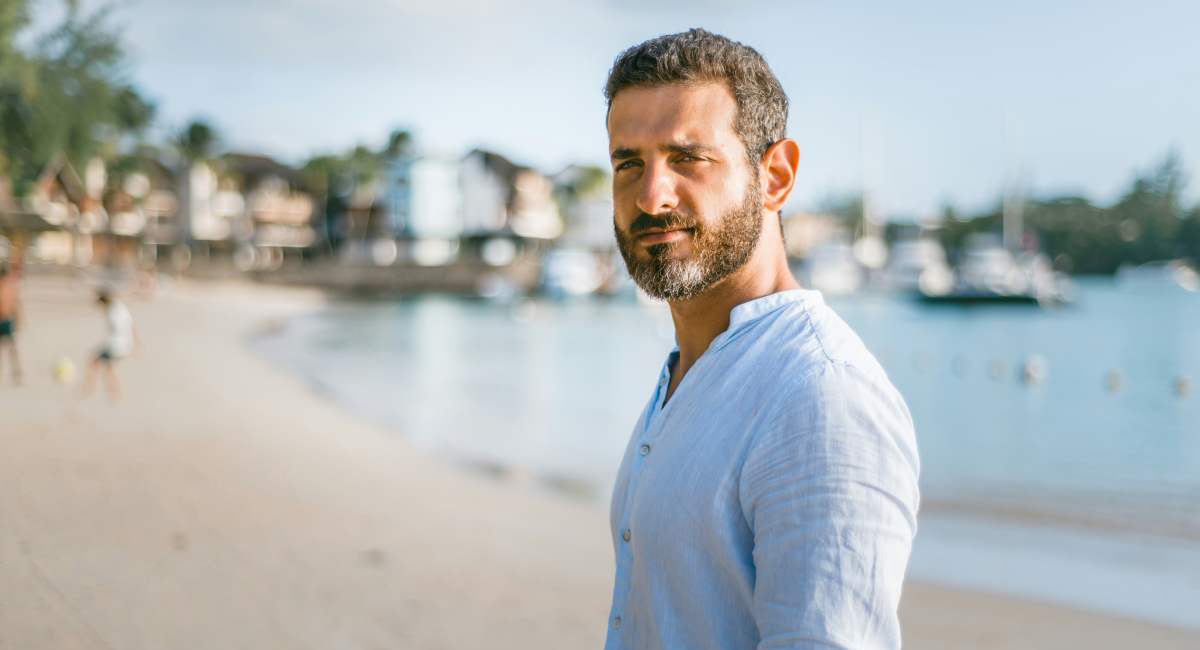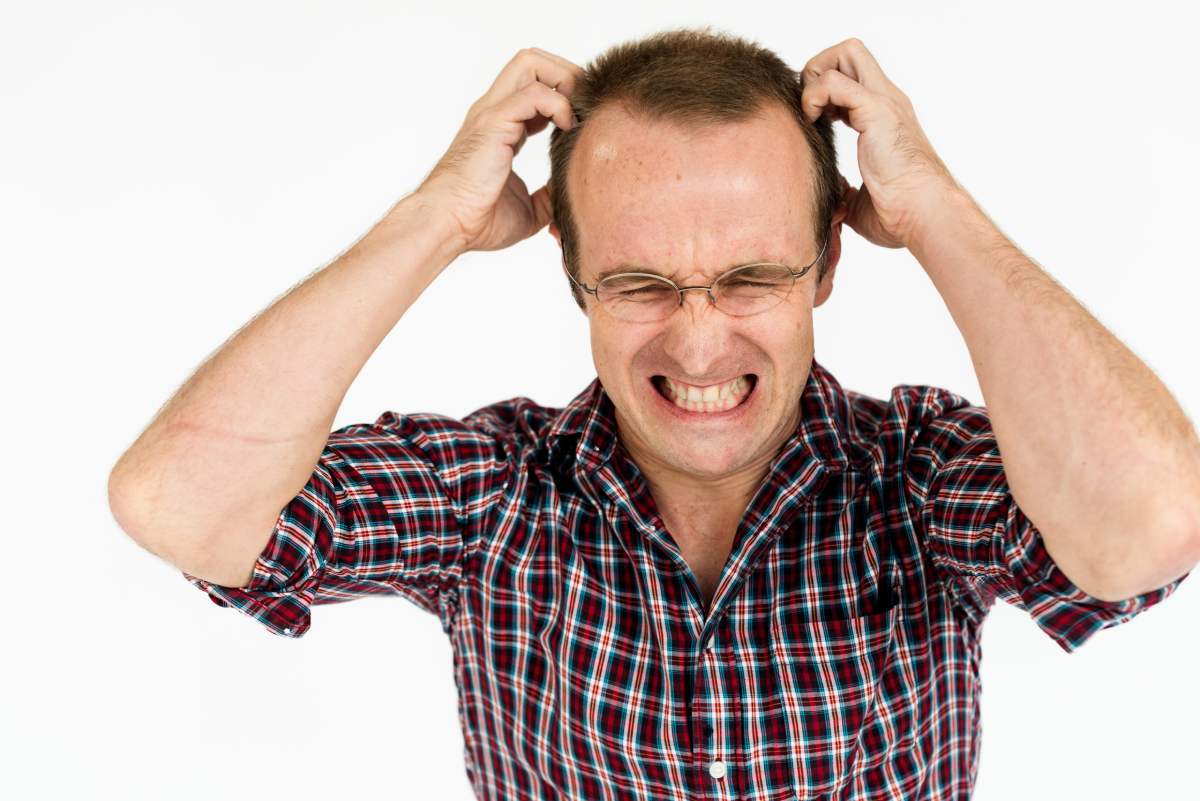Hair transplant surgery is a great way to revive that lush and full head of hair you had when you were younger, but a lot of people still have reservations about it.
While it is less invasive that most other plastic surgery procedures, hair transplants still require cuts made into the scalp, which can cause people to be concerned about the pain.
Regardless of what type of surgery you may have, whether it’s hair transplant surgery, breast augmentation, or appendectomy, unfortunately there is going to be some pain. Anytime that you cut into the skin there is going to be some discomfort, but there are lots of things we do during a hair transplant surgery to make our patients as comfortable as possible.
So while a hair transplant surgery will have some pain associated with it, most of our patients say that the anticipation of the pain is way worse than what they actually feel during a procedure.
How Painful is a Hair Transplant?
Everyone deals with pain and discomfort differently, so what may be mildly uncomfortable for one person may not be the same experience for you. It’s important to keep that in mind as pain tolerance varies when recovering from surgical procedures as well.
While we do everything possible to minimize the amount of discomfort you feel during and after the procedure, there are times when things may be uncomfortable or painful.
Local Anesthetic
Hair transplant procedures are performed under local anesthetic which is used to help numb the areas of the scalp where the hair follicles will be excised from and implanted to. Local anesthetic involves injecting medication, like lidocaine, into the skin of the scalp, which will cause the nerves to stop sending signals to your brain for a period of time. This will help to mitigate the pain you experience during the procedure.
One thing to note, anytime anything is injected into your skin, especially local anesthetic, there can be a burning sensation that comes along with it before it starts to work. If you’ve ever had dental work done, then you may be familiar with this minor burn that happens when the dentist is numbing you up.
In general, the injection of anesthetic is the worst pain you should feel during the entire hair transplant procedure. You will feel some pressure while the healthy follicles are being excised and transplanted into other areas of your scalp, but you should not feel any physical pain. If you do, make sure you mention it to your doctor so they can apply a bit more anesthetic to the problem areas.
During the Procedure
Once the local anesthetic has been administered by the doctor, you should not feel any pain during the procedure itself. Depending on which type of hair transplant procedure you have, whether it’s FUT or FUE, you may experience different sensations during the procedure. With either method of hair transplant, all you should feel is some minor pulling/tugging and pressure when the doctor is working. This can sometimes be unpleasant for people, but in most cases it will not be painful.
After the Procedure
Pain after the procedure is fairly common and can vary in degree depending on the method of transplant. When performing the FUE method of hair transplantation, individual follicles are removed leaving small wounds in the donor area and then implanted into the recipient area of the scalp. Because the FUE method is assisted by a robot and makes smaller dot shaped “incisions”, there is no need for sutures. Because the wounds are so small and sutures are not needed, there is less pain post-op and very little pain while recovering. At most, patients describe it as a sunburn-type pain that tends to itch while it heals. Later it can have a sort of half numb/half awake prickly feeling as the skin remodels around the small incisions.
When undergoing the FUT method of hair transplantation, a strip of healthy scalp tissue containing many follicles is removed from the donor area and after the follicles are dissected, they are transplanted to other areas. Because this method is slightly more invasive and the harvested area requires sutures, it produces more tenderness in the first few nights after surgery.
Whenever there are sutures used in a procedure, there’s going to be a bit more discomfort or pain. So in this case, the pain you may feel during the recovery period with FUT is going to be a bit longer than if you were to go with the FUE method but generally is tolerated with the help of some pain medications.
Hair Transplant Pain
When we talk about the pain and discomfort that comes along with hair transplant surgery, we’re not talking about unbearable pain. Most of the pain that the patients feel is tenderness, soreness, itching and some swelling post-op. In almost all cases this post-op symptoms can be managed with over-the-counter pain medications and will subside relatively quickly – in a few days to 1 week.
Relatively speaking a hair transplant procedure is less painful than most other forms of plastic surgery. Most of our patients are surprised by how little pain there is during the procedure and can easily manage the discomfort while recovering. Still, everyone’s body is different and pain tolerance varies. Some people take only Tylenol post-op, others are glad to have the prescription meds to get them through the first few nights. Beyond that, the recovery process is fairly easy. Redness, scabs, swelling are nearly gone by the end of the first week. Technically, complete healing of skin takes 6 months until the scars are fully matured but you’ll be back to all your normal activities within a week or two.
If you’d like to setup a consultation to talk about the hair transplant process, please contact us today!

